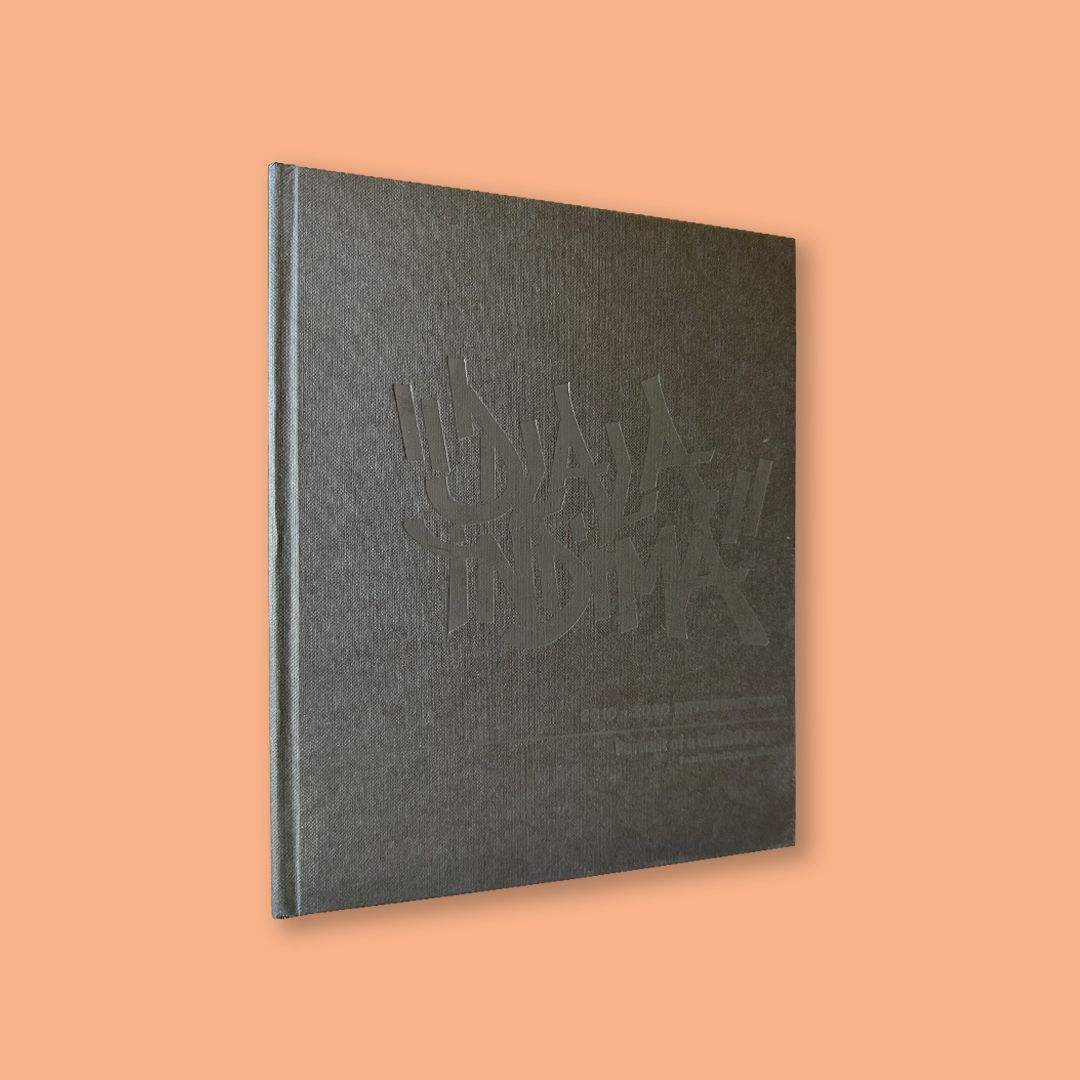“Mandela was not the only head of state taken in by Koagne. Le king kept snapshots of himself with many a man of power, among them Mobutu Sese Seko and Denis Sassou Nguesso […] He took Mobutu for 15 million dollars. Blaise Compaoré of Burkina Faso lost 40 million to him. Sassou, Etienne Eyadéma of Togo, several high officials of Gabon, Tanzania and Kenya, a member of the Spanish government and an ex-operative of the Israeli Mossad were bamboozled as well.” – Dominique Malaquais (Blood Money: A Douala Chronicle).
Bantu Serenade by Ntone Edjabe (featuring Nah-ee-lah) (read excerpt)
Santu Mofokeng: Trajectory of a street photographer (part1) (read excerpt)
Binyavanga Wainaina: Hell In Bed With Mrs Peprah (read excerpt)
Dominique Malaquais: Lindela (the winnie suite) (read excerpt)
Boubacar Boris Diop: Myriem (read excerpt)

Cover:
Neo Muyanga
Dlala Indima 2010 to 2020 - Retrospective | Portrait of a Graffiti Project by Buntu Fihla and Dr Zingisa Nkosinkulu (Fihla Consulting (PTY) Ltd, 2023)
Dlala Indima 2010 to 2020 - Retrospective | Portrait of a Graffiti Project by Buntu Fihla and Dr Zingisa Nkosinkulu (Fihla Consulting (PTY) Ltd, 2023)
“Dlala Indima 2010 to 2020 Retrospective: Portrait of a Graffiti Project” is a new book project by Buntu Fihla and Dr Zingisa Nkosinkulu that offers a unique perspective on graffiti as a tool for social change. The book is written in the form of a conversation interview, providing readers with a first-hand account of the Dlala Indima graffiti project and its impact on marginalised communities in the Eastern Cape Province.

